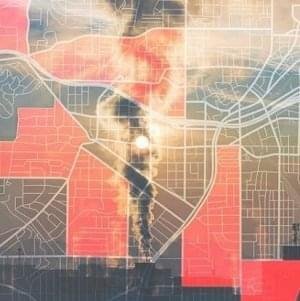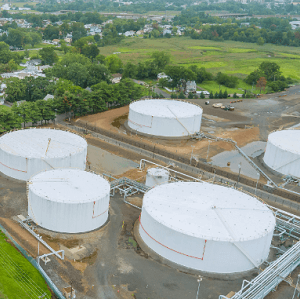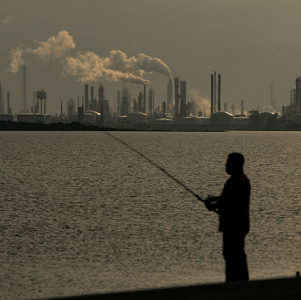A new study by University at Buffalo researchers reveals that air pollution has a more severe impact on mental health in historically redlined neighborhoods across New York State. These areas, once denied mortgages due to discriminatory federal housing policies, continue to face disproportionate health challenges decades after redlining was outlawed in 1968.
The study, published in Science of the Total Environment, found a significant link between elevated air pollutants and increased emergency room visits for mental disorders in redlined communities. Lead author Dr. Eun-Hye Enki Yoo stated, “There was a significant association between air pollutant exposure and ER visits throughout these cities’ various neighborhoods, but it was most pronounced in their redlined communities, negatively impacting the vulnerable population that still lives there.”
Researchers analyzed patient records from 2005-2016 in 17 New York cities, comparing them to daily air quality predictions. In D-rated neighborhoods, increased levels of fine particulate matter and nitrogen dioxide were associated with higher mental disorder-related ER visits two days later. This effect was not observed in A-rated neighborhoods.
The study also found that the impact was most pronounced during mild weather and affected children and adults aged 35-64 more significantly. Dr. Yoo plans to extend this research by installing air monitors in Buffalo’s East Side and collaborating on a national analysis.
This research underscores the lasting effects of historical redlining on public health and highlights the need for targeted interventions to address environmental inequities in marginalized communities.



